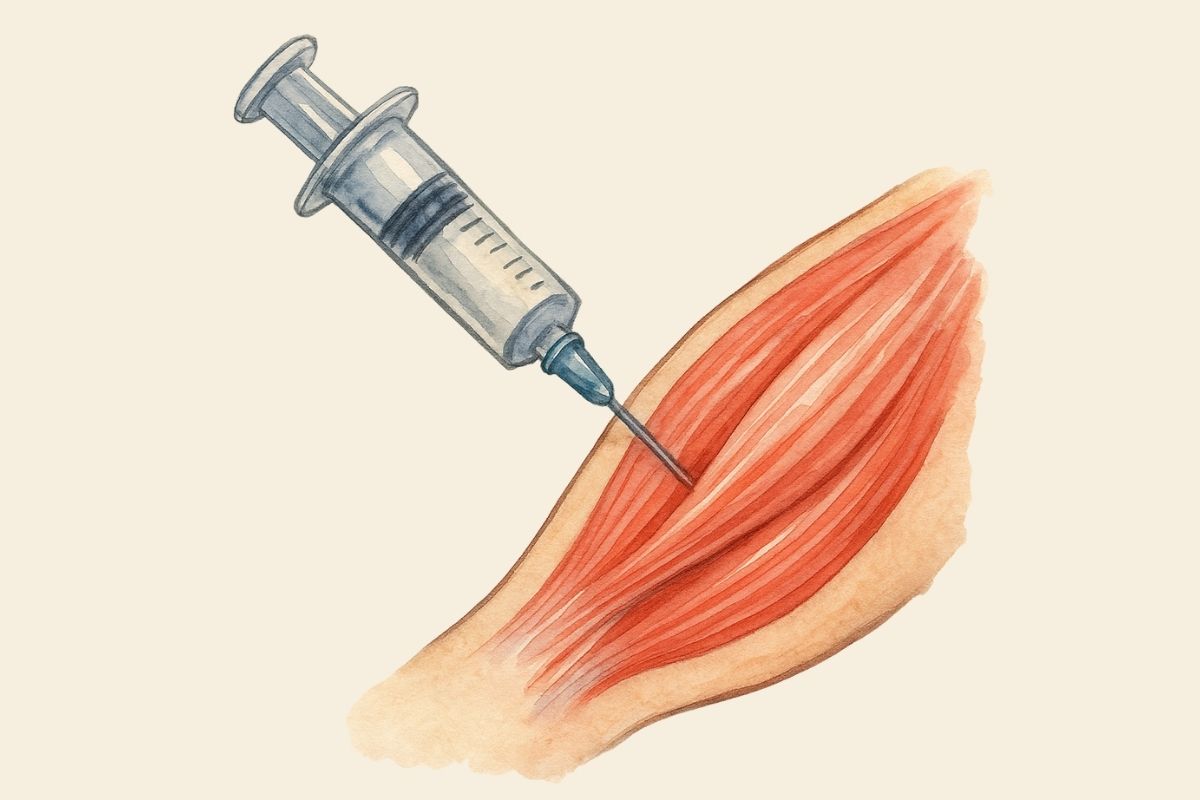Botulinum Toxin Injection
Botulinum toxin (Botox) injection is a non-surgical (medical) treatment method used to reduce muscle tone and increase mobility in diseases characterized by spasticity, especially in children. The most common area of use is cerebral palsy; however, it can also be used effectively in congenital muscle shortness or nerve paralysis.
Botulinum toxin is injected directly into overly contracted muscles. In this way, the muscle is temporarily relaxed and both functional movement is achieved and the load on the musculoskeletal system is balanced.
Botulinum toxin therapy is usually combined with physical therapy. The effect lasts for about 3 to 6 months and can be repeated if necessary. Repeated Botox applications have been shown to cause deterioration in muscle architecture, but this negative effect is reversible in about 6 months. Therefore, there is no upper limit to the number of Botox injection in clinical practice.
Botulinum toxin administered at an early age and with the right indication, combined with physiotherapy, can both increase the child’s mobility and reduce the need for surgery.
